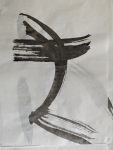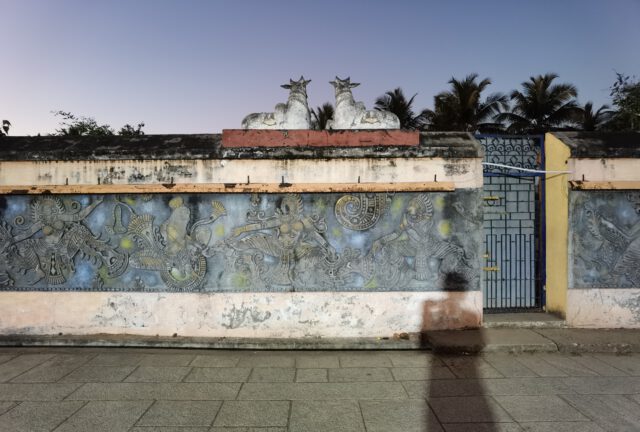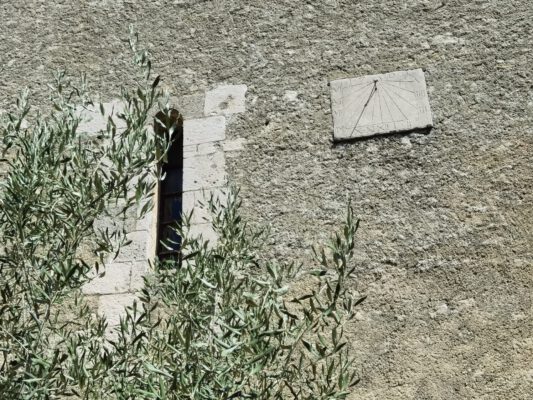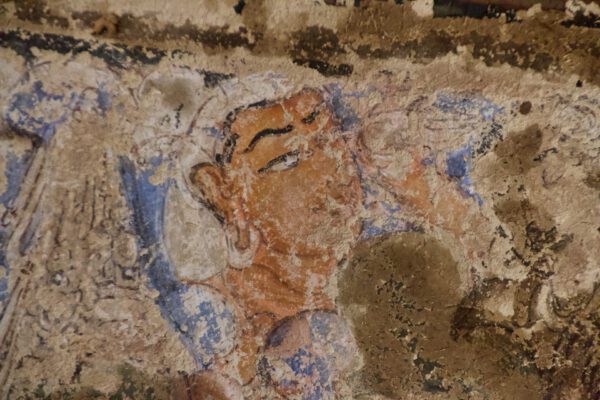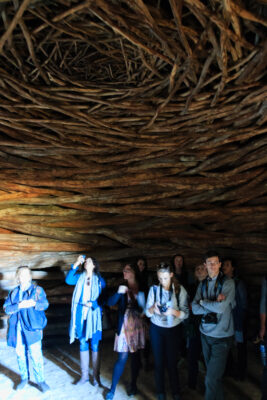In India, the books of the Vedas have been kept in memory for 3000 years. The Rigveda (10,552 verses), Samaveda (1549 verses), Yajurveda (4001 verses) and Atharvaveda (5977 verses) as well as the Upanishads (approx. 1800 verses) have been passed down from generation to generation. The grammar of Sanskrit has not changed significantly and the pronunciation has been handed down precisely through exact phonetic descriptions. So these texts sound exactly the same today as they did 3000 years ago. They are written in the form of mantras, i.e. in verse form and dedicated to the truth. The recitation, even the mere listening, is ascribed powers, because according to legend, the language of Sanskrit originates from Shiva: his drums produce vowels, from them the consonants arise, from them the grammar and finally the language.
The counterpart to the language of the Vedas in music are the ragas. Yoga is also related to the Vedas, as are Ayurveda and Tantra. This treasure of wisdom was perceived by the rishis through deep meditation and recorded in mantras. The strict coding in verse form ensured error-free transmission over thousands of years. Even today, thousands of people in India know the Vedas by heart and recite them regularly.
Passing on knowledge
There are two ways of passing on this knowledge. The conventional form of learning through practice and repetition. It is necessary to start at an early age and it requires the dedication of a lifetime to develop this skill and keep it alive. The second form is the passing on of a seer to his pupil. This form is difficult for the rational mind to comprehend. The knowledge is transferred within weeks. The relationship between guru and disciple is of course a very special one. It is rare. There are also reports of even more mystical transfers.
As this is knowledge that has been experienced in meditation, it is knowledge that is different from empirical knowledge that we have gained through our external senses or rational knowledge that we have gained through deduction. The Western idea that - extremely abbreviated - external sensory stimuli can be inscribed in the memory and recalled through recollection does not apply here. The approaches of transcendental philosophy also fall short here, as they do not take deep structures into account. within of our thinking.
The knowledge of the Vedas testifies to a much more differentiated description of our consciousness. In the Vedas, the generally accepted three states of matter, life and mind correspond to Sat-Chit-Ananda (existence, consciousness, bliss) on a higher level of consciousness. A seventh level - Vijnana - is the link. Through this form of higher realization, Sat-Chit-Ananda is opened up. The whole is wonderfully complex, rich and beautiful and does much more justice to our human existence than the dominant reductionist view of so-called enlightenment and is described by the 7 rivers or deep waters. Of course, there are also the gods, but that's another story for now. I am concerned here with memory.
The Vedas have opened up these higher levels. They are passed on orally from generation to generation. This is why they are also recognized as intangible world cultural heritage. This knowledge comes from a vision and is passed on immaterially, like the Olympic flame. It bears witness to an origin in the oldest coherent texts of mankind.
Memory and consciousness
Just as art bears witness to an inner experience, or invention is often based on inspiration, our spiritual existence is linked to a vision. The question of the meaning of our lives is not answered in causal chains or deductions. This question points to a different context. How is such a vision possible and what kind of memory is necessary for it? I am not referring to the memory capacity to memorize c. 25,000 verses, but to the question of the kind of consciousness that is revealed here.
The mind can move freely within the levels of consciousness, it can roam from one place to another at almost infinite speed, jump through time and open up new worlds - all this at least in the memory, the activated memory. But it is more than just getting lost in memories. The states of Sat-Chit-Ananda are real. India is of people who have given up everything to open themselves to this gift, to achieve bliss and immortality in the here and now. Bergson distinguishes between a pure memory and a habitual memory. Pure memory captures the memories that shape us, that are unique, that stand out from everyday consciousness. That goes in the right direction....
Our mind, our consciousness can participate in a greater consciousness, can actualize it. It seems to me that we misunderstand this as memory, and perhaps it is also the case that we first have to grow beyond our memory in order to attain real consciousness. Memory is then not the search in one's own individual memory of habit, but spiritual experience. Because everything is always already there everywhere. It is only a matter of access relations.
Reference:
Joshi, Kireet. The Portals of Vedic Knowledge
Bergson, Henri. 1990. Matter and Memory. New York: Zone Books.

